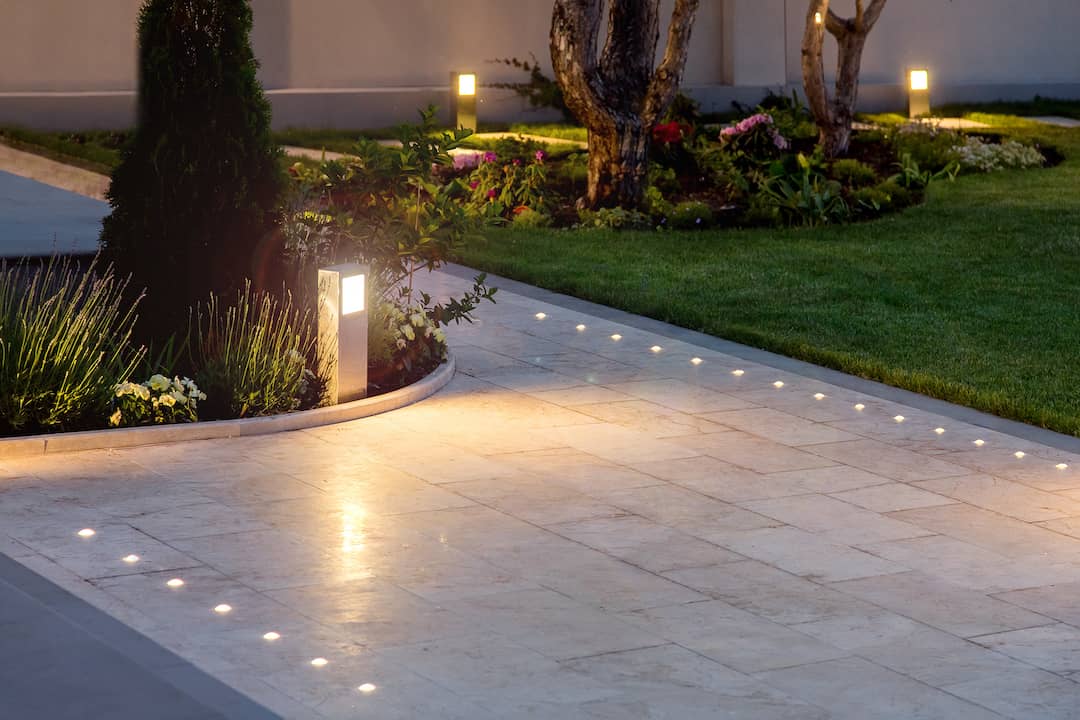Installing pavers in your yard can create a beautiful and functional out of doors house. Here are the general steps for putting in pavers in your yard:
Materials and Tools You'll Need:
Pavers of your alternative
Base materials (sand or gravel)
Edge restraints (plastic or metal)
Landscape material (optional)

Tamper
Level
Rubber mallet
Shovel
Wheelbarrow
String traces
Plate compactor (optional, however extremely recommended)
Masonry noticed (for slicing pavers as needed)
Step 1: Planning and Preparation:
Plan the layout: Decide where you need to install the pavers and create a structure plan. Consider the pattern, design, and shape you need on your paver patio or pathway.
Mark the realm: Use stakes and string strains to mark the boundaries of the venture area. Ensure the realm is square and stage by measuring diagonally from corner to nook.
Step 2: Excavation:
Excavate the world: Using a shovel, remove the top layer of soil to the desired depth in your base material. The depth will rely in your particular venture and native recommendations. Typically, it's around 4-6 inches for pedestrian visitors and 8-12 inches for driveways.
Create a slight slope: To ensure correct drainage, create a slight slope away from your home or other structures. A slope of 1/4 inch per foot is generally recommended.
Install edge restraints: Place plastic or metallic edge restraints across the perimeter of the excavated area. These will help maintain the pavers in place and stop them from shifting over time.
Step three: Base Preparation:
Add base material: Pour and spread a layer of base material (sand or gravel) evenly over the excavated space. The thickness of this layer will depend on your challenge's necessities.
Compact the bottom: Use a plate compactor to compact the bottom materials totally. This step is crucial to create a stable and stage floor. Continue adding and Informative post till you obtain the specified top.
Step 4: Installing Pavers:
Begin laying pavers: Start at one nook and begin putting your pavers in your required pattern. Be sure to leave consistent gaps (usually 1/8 to 1/4 inch) between pavers for joint sand.
Maintain straight strains: Use string strains or straight edges to maintain straight traces and guarantee your pavers are stage as you lay them.
Cut Continue reading as needed: Use a masonry noticed to chop pavers to suit on the edges or around obstacles like bushes or curves.
Tap pavers into place: Use a rubber mallet to tap each paver gently into place, making certain they're degree and seated securely within the base material.
Step 5: Joint Filling:
Spread joint sand: Once all the pavers are in place, spread joint sand over the floor.
Sweep and compact: Sweep the sand into the joints between the pavers. Compact the pavers as soon as extra using the plate compactor to settle the sand and lock the pavers in place.
Step 6: Final Touches:
Clean the surface: Sweep off excess joint sand from the surface of the pavers.
Seal (optional): Consider making use of a paver sealer to boost the appearance and shield the pavers from stains and weathering.
With correct planning and cautious execution, putting in pavers in your backyard can create a durable and enticing out of doors house for varied functions, similar to patios, walkways, and driveways. Be certain to follow local building codes and tips, and when you're not confident in your DIY abilities, contemplate hiring an expert paver installer for the job..
